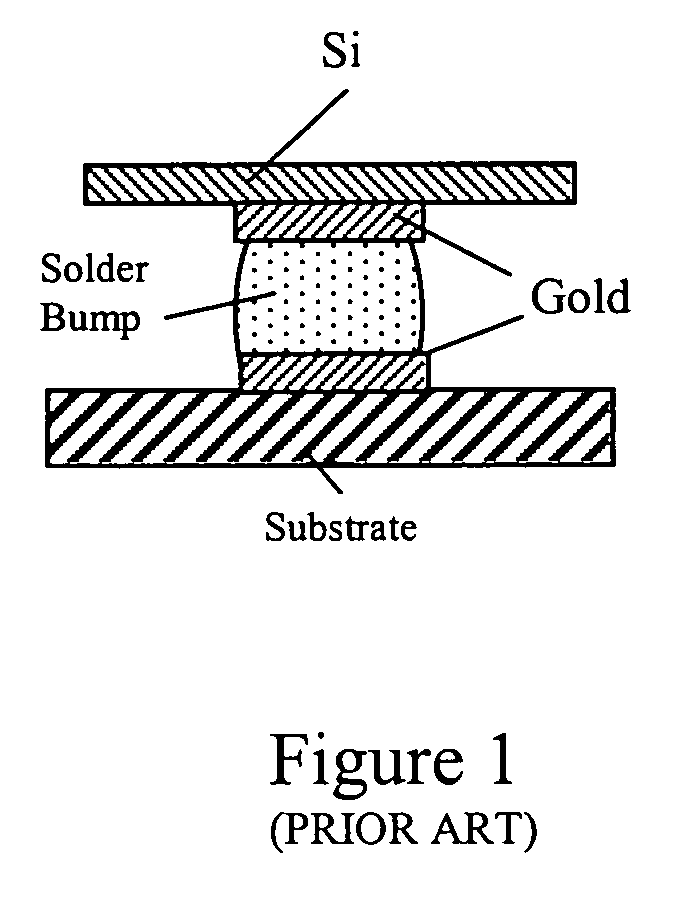Method and apparatus for rapid thermal processing and bonding of materials using RF and microwaves
a technology of radio frequency and microwave, which is applied in the direction of manufacturing tools, induction current sources, electric/magnetic/electromagnetic heating, etc., can solve the problems of slow heating rate, mismatch of resonant frequencies between rf/microwave sources, and slow heating rate of conventional heating, so as to achieve fast microwave heating and poor microwave absorber
- Summary
- Abstract
- Description
- Claims
- Application Information
AI Technical Summary
Benefits of technology
Problems solved by technology
Method used
Image
Examples
Embodiment Construction
RF / Micrwave Apparatus for Rapid and Selective Heating of Materials
[0056]One objective of the present invention is to disclose a RF / microwave apparatus which is capable of rapid and selective heating of materials to very high temperature. FIG. 2 is a block diagram of the RF / microwave apparatus for rapid heating of materials according to the present invention. This RF / microwave apparatus can be divided in to three main parts: the variable frequency RF / microwave power source 1; the RF / microwave heating head 2; and, the measurement and control system 3. RF / microwave power is generated from a variable frequency power source 1, which is driven by solid state electronics and coupled into a target specimen 4 through a RF / microwave heating head 2. A measurement and control system 3, which is placed between 1 and 2, is used for tuning, monitoring and controlling of the RF / microwave thermal processes.
Solid State High Power RF / Microwave Sources
[0057]Still referring to FIG. 2, the variable frequ...
PUM
| Property | Measurement | Unit |
|---|---|---|
| driving frequency | aaaaa | aaaaa |
| driving frequency | aaaaa | aaaaa |
| frequency | aaaaa | aaaaa |
Abstract
Description
Claims
Application Information
 Login to View More
Login to View More - R&D
- Intellectual Property
- Life Sciences
- Materials
- Tech Scout
- Unparalleled Data Quality
- Higher Quality Content
- 60% Fewer Hallucinations
Browse by: Latest US Patents, China's latest patents, Technical Efficacy Thesaurus, Application Domain, Technology Topic, Popular Technical Reports.
© 2025 PatSnap. All rights reserved.Legal|Privacy policy|Modern Slavery Act Transparency Statement|Sitemap|About US| Contact US: help@patsnap.com



